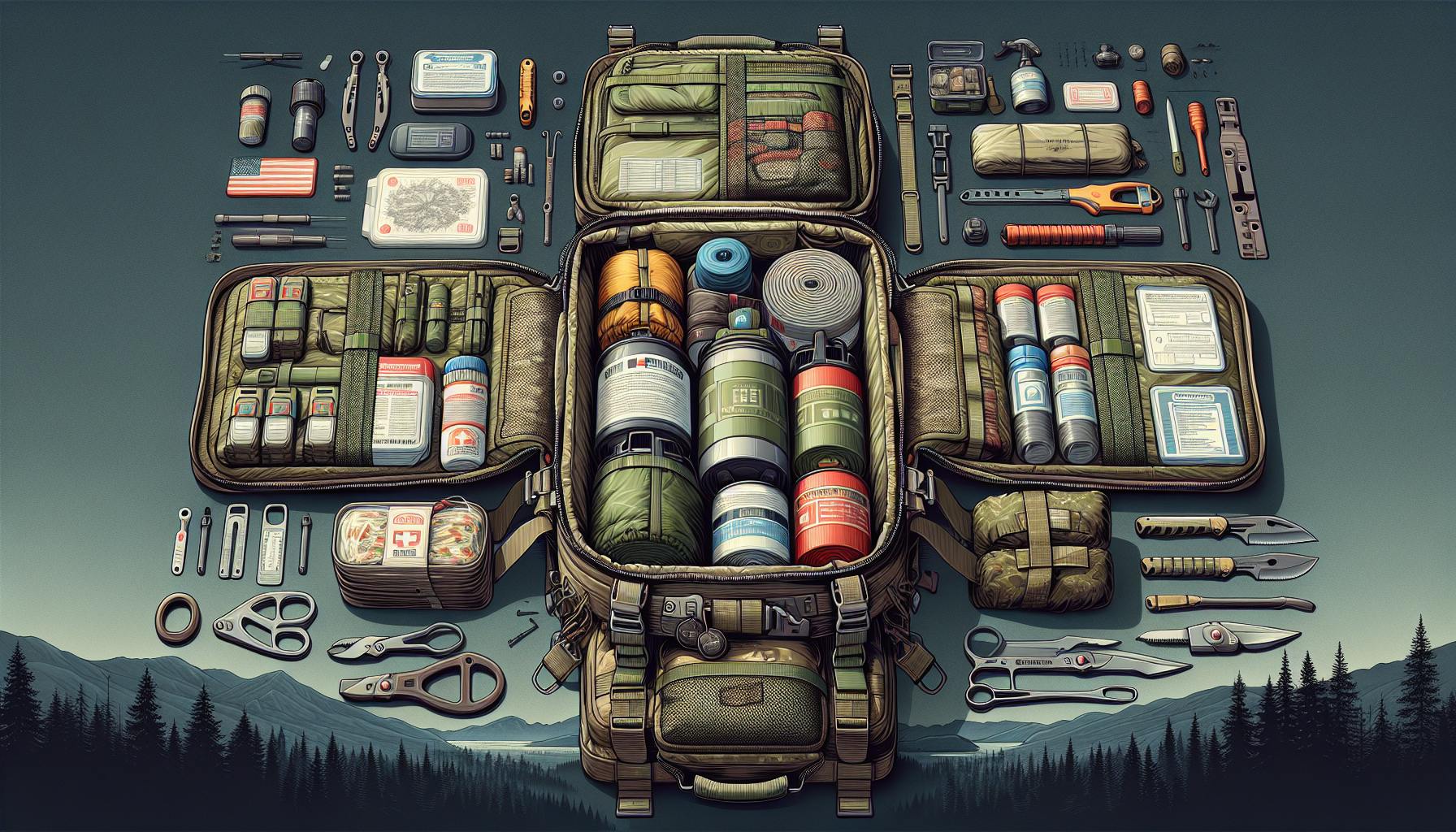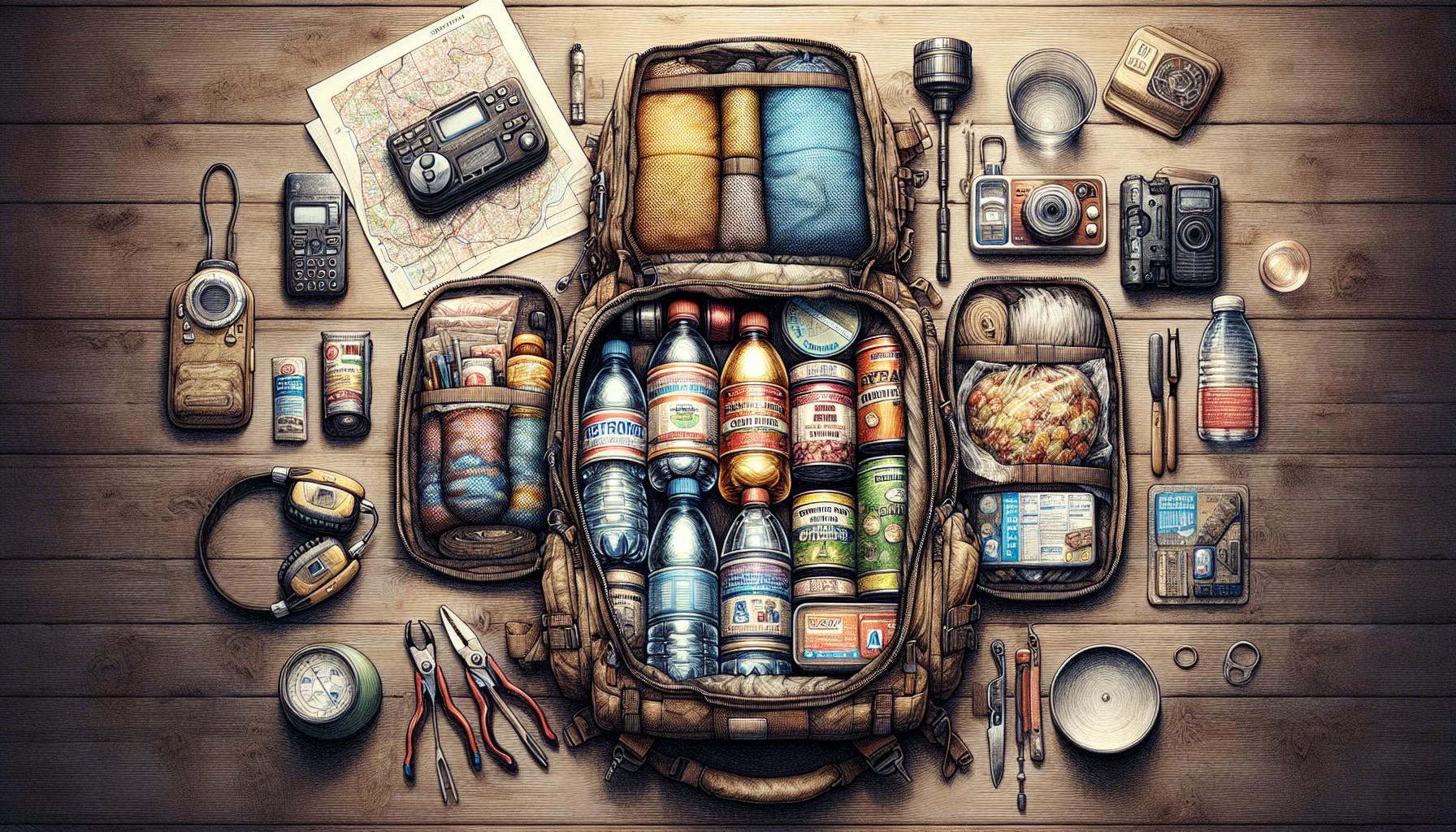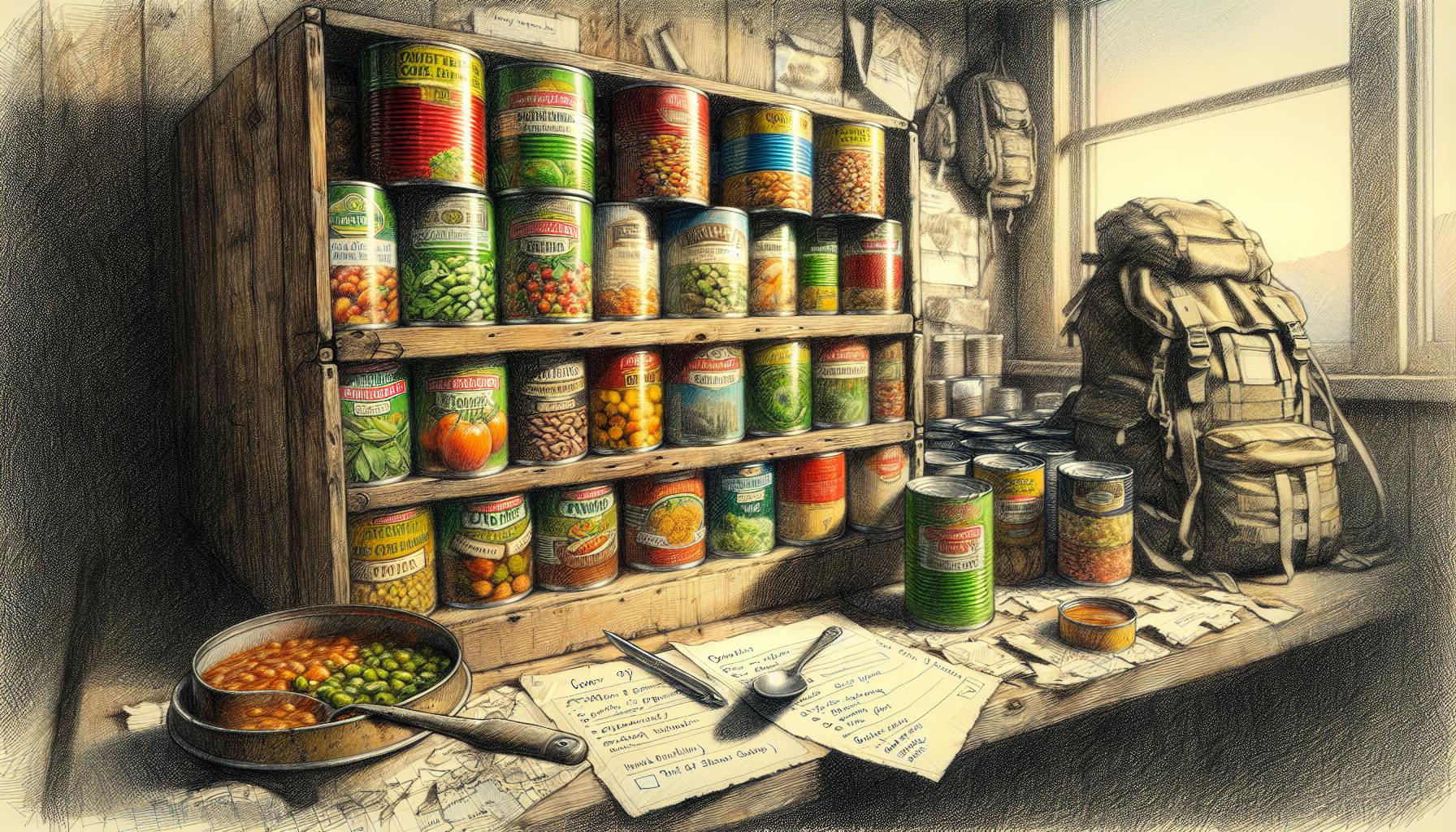Introduction to Emergency Bag Strategies
Having emergency bags packed and at the ready provides an invaluable sense of security and preparedness for families facing disasters. When the unexpected strikes - whether a natural disaster, infrastructure failure, or other crisis - quick access to critical supplies can make all the difference. Pre-packed bags allow families to grab and go at a moment's notice, providing portability and customization to meet each member's unique needs. With thoughtful emergency bag strategies, families can find peace of mind knowing they have the essentials to safely weather any storm. This article will provide tips to create optimized emergency go-bags for the whole family, including considerations for children, pets, regional risks, and frequently overlooked items. Proper planning, routine maintenance, and hands-on practice with emergency gear gives families the confidence and capability to handle whatever comes their way.
Essential Items to Include in Every Family Member's Bag
While emergency bag contents can be customized, certain fundamental supplies should be universally included:
- Water and non-perishable food like granola bars, dried fruit, and nuts for sustenance. Consider comfort foods like Annie's Cheddar Bunnies to help kids feel at ease.
- First aid kit with bandages, gauze, medications, ointments, latex gloves, and other medical essentials
- Flashlights, battery-powered radios, chargers, and extra batteries for light and communication
- Cash in small bills, copies of identification, contact lists, and other critical documents in a waterproof bag
- Seasonally appropriate clothes, shoes, jackets, and blankets for variable conditions
- Portable chargers like the Anker PowerCore 10000 and compact solar panels to charge devices
Having these basic necessities covered provides a foundation for survival and self-sufficiency.
Customizing Emergency Bags for Each Family Member's Needs
It's vital to tailor emergency bags to the unique considerations of each family member. For children, include kid-friendly snacks, books or e-readers, small toys, and electronics to occupy their time. Don't forget entertainment! Pack playing cards, travel games, and coloring books. Have any required prescriptions, medical equipment, and specialized nutritional items children need.
For infants, add extra diapers, formula, wipes, changes of clothes, and pacifiers. For pets, include food, bowls, leashes, medications, vaccination records, and species-appropriate gear. Scan copies of all identification and documentation for pets as well.
For adults, consider personal items, valuables, medications, and supplies specific to health conditions and disabilities. Those with anxiety, PTSD, or sensory issues may want to pack familiar items like weighted blankets, fidget toys, or noise-cancelling headphones.
As family needs evolve over time, continuously update emergency bag contents to reflect changes.
Choosing the Optimal Emergency Bag and Features
When selecting an emergency bag, prioritize durability, capacity, organization, and portability. Backpacks and duffel bags are popular options for their versatility, but specialty evacuation packs have advantages too. Look for thick straps, multiple compartments, and water-resistant fabrics. External pockets and attachment points add convenience. For children or the mobility impaired, choose wheeled bags for easier transport. If traveling, pick lightweight and compact bags that meet carry-on size restrictions.
No matter the bag, be sure to test it fully loaded to confirm it's comfortable to wear or maneuver. Pick bright colors for visibility. Reflective strips also aid detection.
Storing and Maintaining Emergency Bags
Stage emergency bags in easily accessible locations known to all family members: near the main interior door, in bedroom closets, and in vehicles. Maintain freshness by checking expiration dates every 3 months, rotating food/water as needed. Replenish first aid and medical supplies as they are used. Update clothes and gear according to seasons.
Consider expanding supplies with emergency blankets, dust masks, light sticks, a pry bar, rope, and a whistle. Check batteries every 6 months. Conduct family drills to reinforce grab-and-go readiness.
Key Locations to Position Emergency Bags
It's wise to pre-stage emergency bags in multiple strategic locations:
- Home - Immediately inside by the door for urgent access, and in closets
- Vehicles - In the trunk or backseat for everyday use if stranded
- Workplace - Under your desk or in a common area
- Travel - Packed in your suitcase or carry-on bag
- School/Daycare - Provided to caregivers for your children
This distribution ensures critical supplies are handy wherever an emergency hits.
Specialized Considerations for Packing Effective Emergency Bags
Optimizing emergency bags requires factoring your family's profile, regional risks, usage contexts, and existing preparedness levels.
Addressing Hazards Specific to Your Region
Tailor emergency bag contents to mitigate local threats:
- In areas prone to extreme cold, pack extra insulating layers, hand warmers, and emergency Mylar blankets
- If at risk for hurricanes, include pry bars, heavy-duty tarps, and rope to secure property
- In regions with contaminated water, pack portable filters, tablets, and collapsible containers
- Where insect-borne diseases are common, carry mosquito repellents, nets, and long clothing
- In foggy areas, add reflective tape, lights, and whistles for visibility and signaling
Accommodating Health Conditions and Disabilities
For those with health conditions, pack ample medications, assistive devices, care instructions, and provisions to meet specific needs:
- For mobility issues, consider walkers, canes, knee scooters, and lightweight wheelchairs
- If diabetes is a factor, include glucose monitors, test strips, insulin, and electrolyte tabs
- For severe allergies, carry multiple EpiPens, Benadryl, and medical IDs
- For anxiety, sensory disorders, or PTSD, pack familiar comforting items and fidget toys to minimize stress
Continuously update bags as health situations evolve.
Preparing Multiple or Specialty Emergency Bags
Having different bags provides versatility to match the context:
- Smaller go-bags kept in cars for frequent emergencies like breakdowns
- Larger bags at home for sheltering-in-place during extended disasters
- Pet-specific bags with ample food, gear, and supplies for animals' needs
- Diaper bags stocked with ample baby care essentials when traveling with infants
- Evacuation packs optimized for portability like camping backpacks
Remembering Often-Overlooked but Critical Items
Some commonly forgotten emergency bag items include:
- Feminine hygiene products
- Water purification tablets or filters
- Emergency whistles and dust masks
- Headlamps, light sticks, and batteries
- Paper maps
- Work gloves and pocket tools
- Additional chargers and backup batteries
- Food prep supplies like mess kits, pocket knives, and eating utensils
- Entertainment items like playing cards and travel games
Practicing with Emergency Gear to Improve Readiness
Routinely practice with your equipment to boost preparedness:
- Conduct family fire drills using escape routes and flashlights
- Set up temporary shelter using emergency blankets and tarps
- Time how long it takes to grab bags and exit the home
- Use radios to test communication procedures
- Open food/water rations to become familiar with their use
This hands-on experience builds confidence using emergency gear efficiently when it matters most.
Conclusion on Developing Emergency Bag Strategies for Family Preparedness
Taking time to optimize emergency bags tailored for your family's needs provides peace of mind in the face of disasters. Essential steps include customizing contents for each member, addressing regional risks, maintaining fresh supplies, and practicing response plans. Staging versatile go-bags in key locations empowers families to safely evacuate or shelter-in-place. By assembling emergency bags today, you can have confidence to handle whatever tomorrow brings. Visit WeLovePrepping.com for checklists and product recommendations to build effective bags for your family's unique profile and situation. With thoughtful preparation, families can transform emergency bags from a source of anxiety into a source of comfort and capability.


